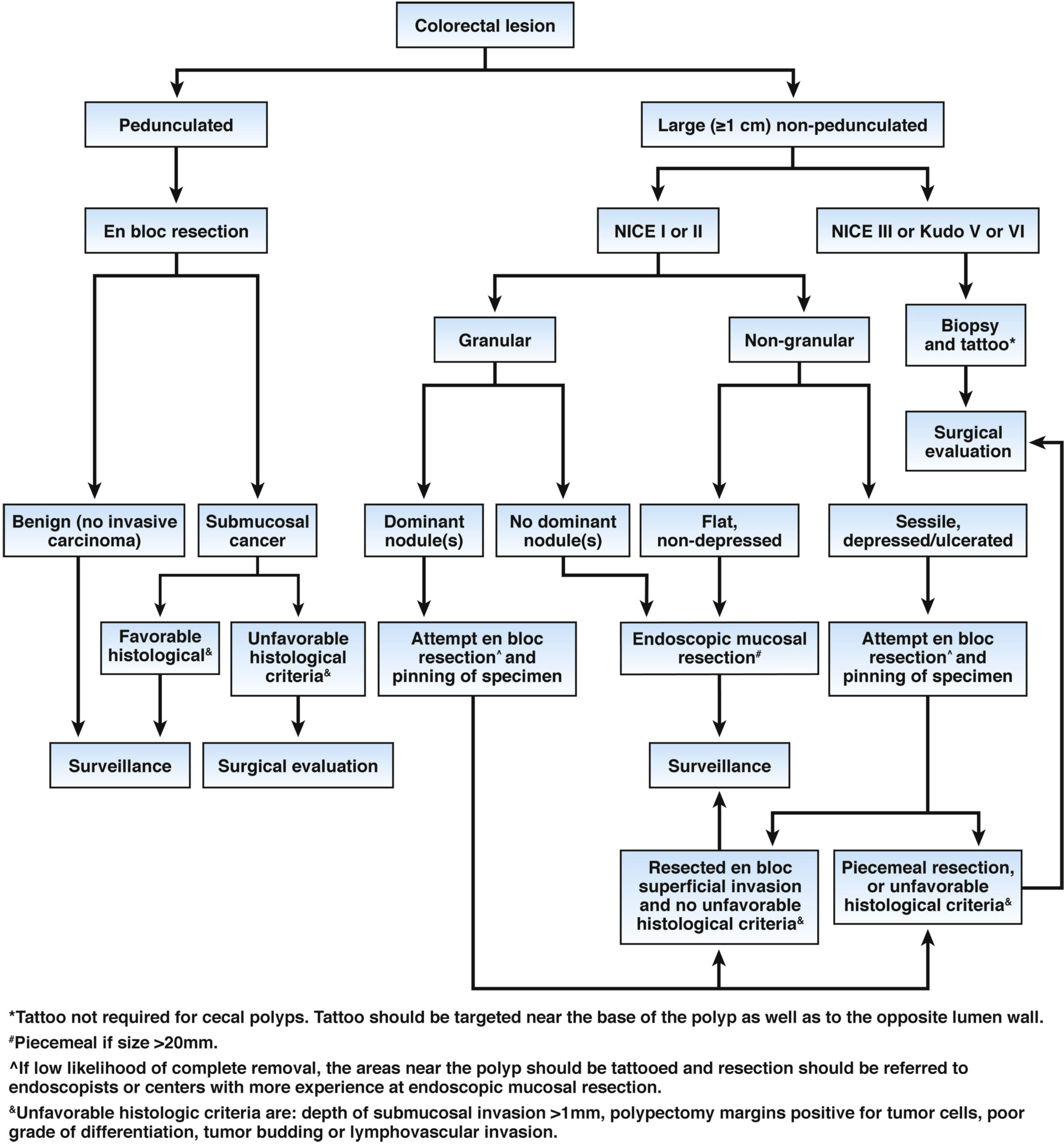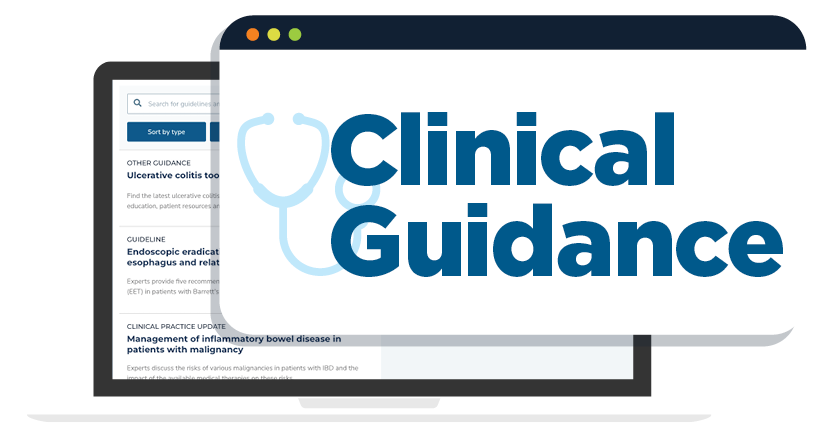1. Patients with colorectal cancer (CRC) undergo high-quality perioperative clearing with colonoscopy. The procedure should be performed preoperatively or within a 3- to 6-month interval after surgery in the case of obstructive CRC. The goals of perioperative clearing colonoscopy are detection of synchronous cancer and detection and complete resection of precancerous polyps.
2. Patients who have undergone curative resection of either colon or rectal cancer receive their first surveillance colonoscopy 1 year after surgery (or 1 year after the clearing perioperative colonoscopy). Additional surveillance recommendations apply to patients with rectal cancer (see “Additional Considerations in Surveillance of Rectal Cancer”).
3. After the 1-year colonoscopy, the interval to the next colonoscopy should be 3 years (ie, 4 years after surgery or perioperative colonoscopy), and then 5 years (ie, 9 years after surgery or perioperative colonoscopy). Subsequent colonoscopies should occur at 5-year intervals, until the benefit of continued surveillance is outweighed by diminishing life expectancy. If neoplastic polyps are detected, the intervals between colonoscopies should be in accordance with the published guidelines for polyp surveillance intervals. These intervals do not apply to patients with Lynch syndrome.
4. Patients with localized rectal cancer who have undergone surgery without total mesorectal excision, those who have undergone transanal local excision (transanal excision or transanal endoscopic microsurgery) or endoscopic submucosal dissection, and those with locally advanced rectal cancer who did not receive neoadjuvant chemoradiation and then surgery using total mesorectal excision techniques are at increased risk for local recurrence. In these situations, the task force suggests local surveillance with flexible sigmoidoscopy or endoscopic ultrasound (EUS) every 3-6 months for the first 2-3 years after surgery. These surveillance measures are in addition to recommended colonoscopic surveillance for metachronous neoplasia.
5. In patients with obstructive CRC precluding complete colonoscopy, AGA recommends computed tomographic colonography (CTC) as the best alternative to exclude synchronous neoplasms. Double-contrast barium enema is an acceptable alternative if CTC is not available.
6. There is insufficient evidence to recommend the routine use of fecal immunochemical test (FIT) or fecal DNA for surveillance after CRC resection.













